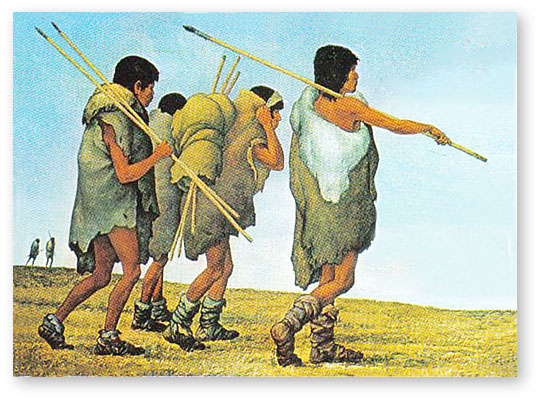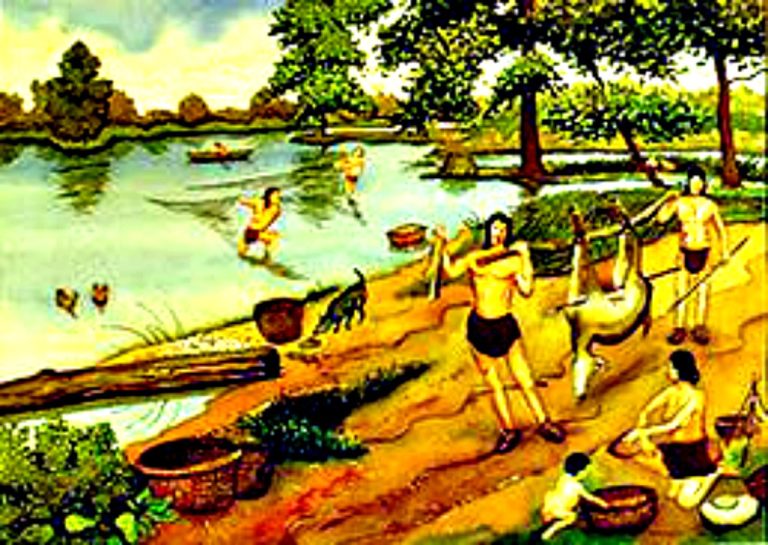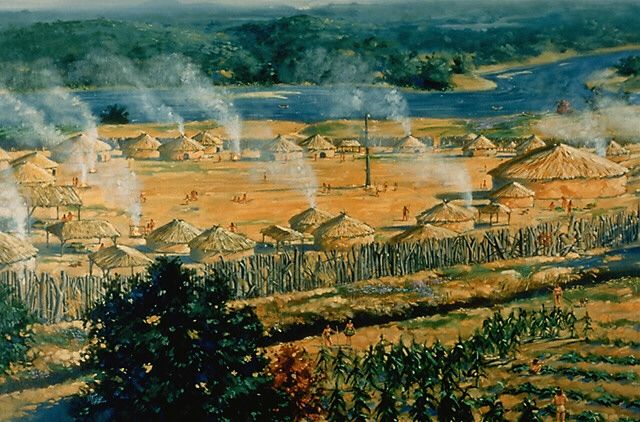Early Inhabitants of South Carolina
Archaeologists have identified specific cultural periods of South Carolina’s earliest residents via studying relics and artifacts found at sites throughout the state. Their studies have concluded that many indigenous peoples lifestyles had similar features or conditions that cultures often overlapped. Life in early South Carolina and the low country depended on the types of environment, resources and traditions. Pre-Paleoindian Period (17,000-12,000 BC): Native American occupations of the New World that date to the time before Paleoidian or Clovis.
Archaeologists have identified specific cultural periods of South Carolina’s earliest residents via studying relics and artifacts found at sites throughout the state. Their studies have concluded that over the centuries, many indigenous peoples shared similar lifestyles and living conditions, many of which overlapped. Life in early South Carolina and the low country depended on the types of environment, resources and traditions. There is evidence that the earliest inhabitants occupied areas of South Carolina prior to the Paleoidian or Clovis period (17,000-12,000 BC).
Paleoindian Period (12,000 to 8,000 BC)
Paleo Indians were primarily nomadic hunter-gatherers following migratory animals that traveled in herds, resulting in a nomadic lifestyle throughout the North American continent. Early evidence of these peoples includes “Clovis” points, which are long, fluted chipped stone projectile points. Paleo culture is famous for the use of an invention called the atlatl, a deadly spear like device that was fast and accurate in dispatching game. In South Carolina, an example this is culture was found at the Allendale Topper site located in Allendale, SC.
Archaic Period (8,000 to 3,000 BC)
The Archaic period began about 10,000 years ago, and ended around 3,000 years ago. There are three distinct time periods associated with Archaic--Early, Middle and Late periods. The Archaic Indian's life focused on hunting, gathering and a mostly egalitarian social organization. Early cultural developments included: more sophisticated hunting implements, the use of containers made from stone and pottery. During this period, the first inland shell middens were constructed and long-distance trade was established.
Woodland Period (3,000 BC to 1000 AD)
Characterized a period in which families and small groups of people began banding together and creating tribes, sharing a common ancestry, name, and way of living. This period also saw the use of ceramics, and more highly refined pottery. These inhabitants developed a higher degree of horticultural expertise. The bow and arrow was introduced around this time period, greatly changing hunting and defensive methods. Mound building flourished and the first coastal shell middens and rings were constructed.
Mississippian Period (1000 to 1520 AD)
Characterized by peoples who depended on the cultivation of corn, beans, squash and in small gardens using simple tools like stone axes, digging sticks, and fire. It's people lived in Chiefdoms with some settlements home to several thousand families. The typical village consisted of three main parts: the central plaza, a residential zone and defensive structures.





